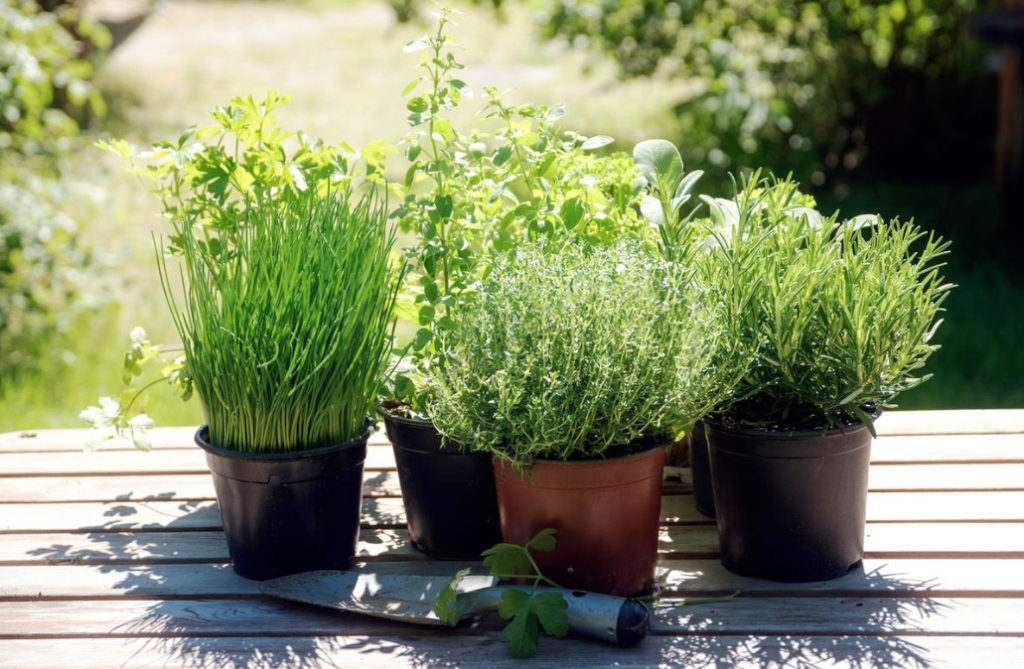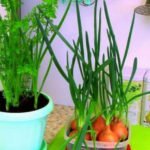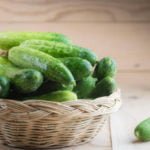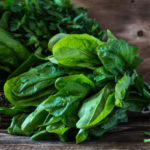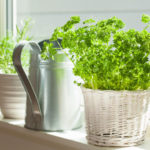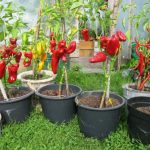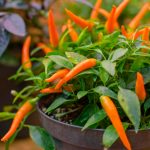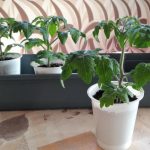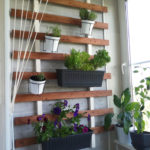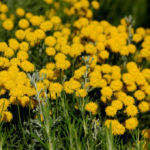We continue the theme of mobile kitchen garden of herbs, which can be arranged on the windowsill in an apartment or house, and in the summer to move to the balcony, outdoor terrace.
Live plants in the interior always look beautiful, and now it is also fashionable! Do not forget about the benefits of herbs, they are environmentally friendly vitamin Supplement to your table all year round! In conclusion, the topic will consider another 4 culture.
Hyssopus officinalis
We sow in April, superficially; we keep humidity of soil in capacity, having covered with a film or glass, having left a small aperture for access of air.
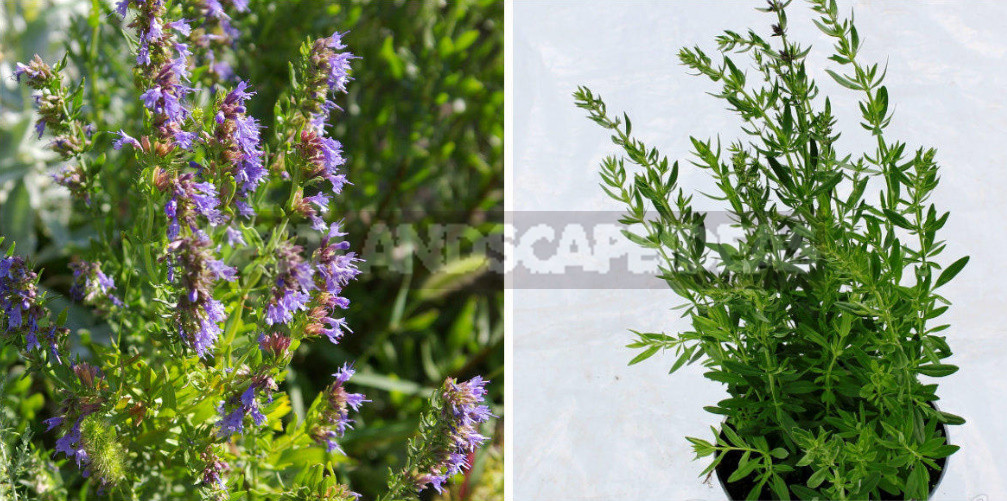
Ventilation is necessary to ensure that the crops are not moldy. Water from the spray to the seeds are not washed away in one direction, and sprouted evenly. In the phase of 1-2 leaves dive into individual pots. Plants that will be one year old are suitable for further cultivation in compositions in containers, or in separate pots in the kitchen garden. Grown in pots for 3-4 years.
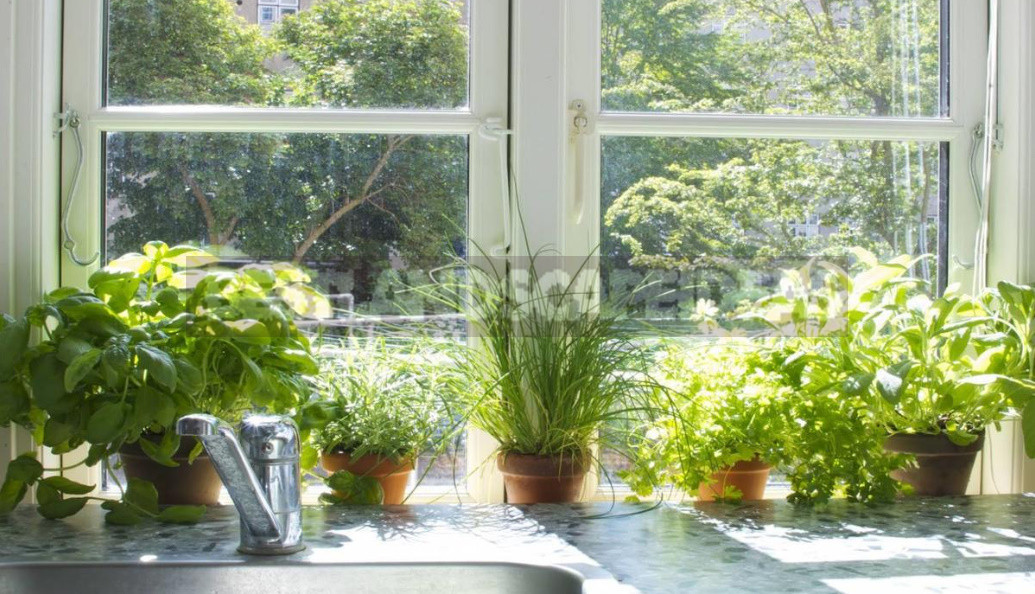
Hyssop is unpretentious, light-loving, drought-resistant; prefers a fertile, loose, moderately moist substrate with a lime content (pH 6-7). Responsive to fertilizer, but when they overdose blooms worse and smells weaker. The seeds remain viable for 3-4 years. In the future, it is better to propagate by dividing the bushes, not lignified cuttings, layering.
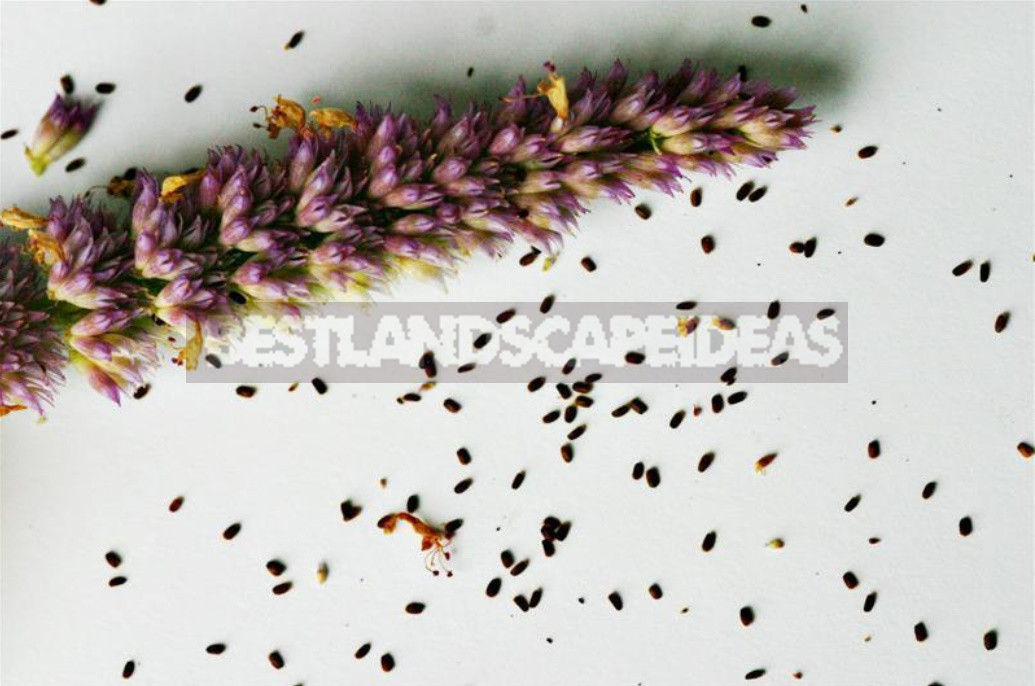
Greens begin to cut as soon as plants reach a height of 15-20 cm, on average, the period of regrowth before cutting is 118 days. In the first year, 1-2 cuts are carried out to prevent oppression and exhaustion of the young plant. In the future, you can carry out 3-4 cuts per season during the beginning of flowering, which lasts from mid-summer to late autumn. After each cutting, the plants are watered and fertilized. In autumn, the last cut is carried out almost to the ground.
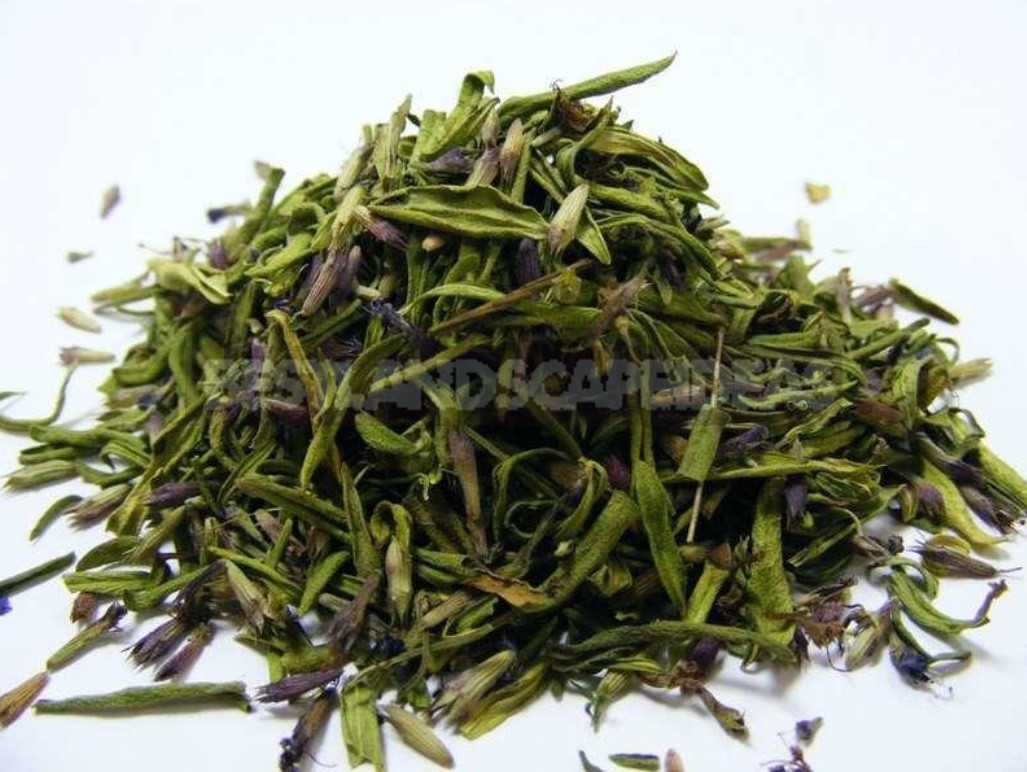
For the winter pots with Hyssop is determined in a bright cool room with low positive temperatures +7…+10°C, reduce watering.
Satureja hortensis
We sow in March-April, superficially (seeds are small), use soil mixture for seedlings, cover the containers with glass and put in a warm light (without direct sunlight) place.
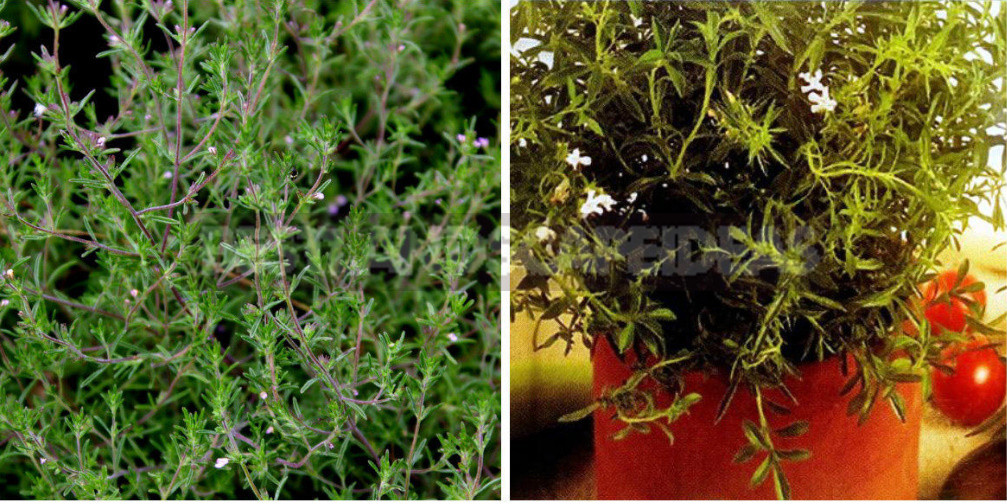
Seedlings dive on pots with a good loose substrate, drainage to the bottom of the pot is required. In summer, the plants are better to keep in the open air, where they are not only less sick and damaged by pests, but also the most “gain” essential oils that give them a unique taste and aroma. The savory can be used in various flower arrangements in containers with drought-resistant plants. And in a separate container it will look great in a potted garden in the style of Provence, arranged on the balcony or terrace.
If the plants develop poorly, it is necessary to fertilize with a full mineral fertilizer.
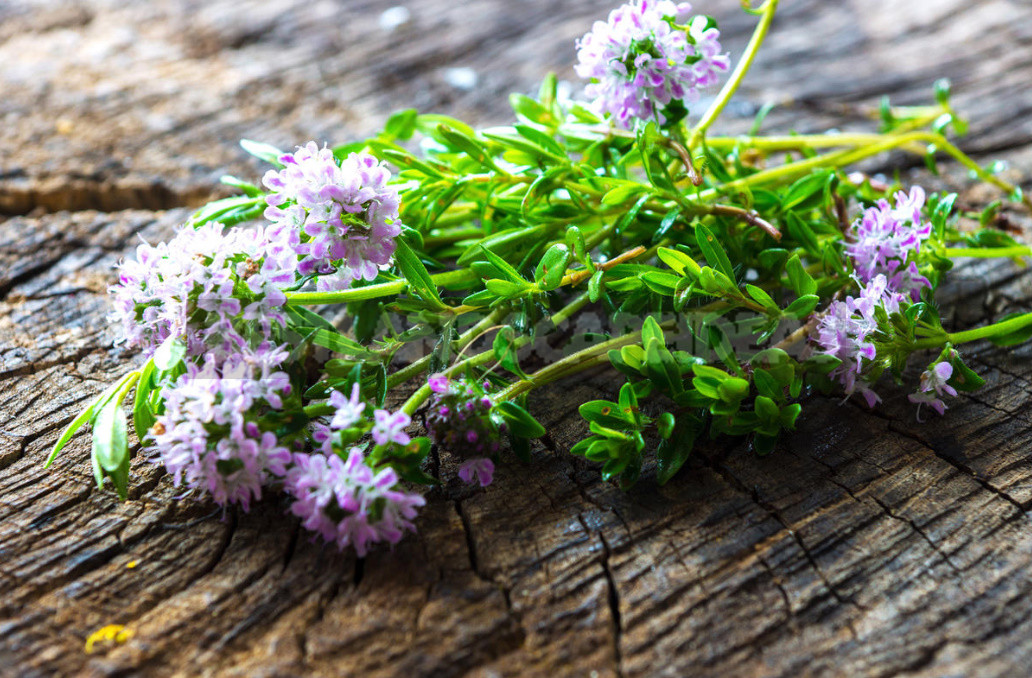
On the green savory cut 2 times per season (only when the plants reach a minimum of 10 cm in height; on average from shoots to this point will be 52 days), at the beginning of flowering, at the level of branching of the stem. At the end of autumn, all the green mass is cut for use, the pot is released.
Tarragon
In March-April, small seeds of tarragon (they can be mixed with sand) without soaking are sown in pots, seasoned with a loose fertile substrate.
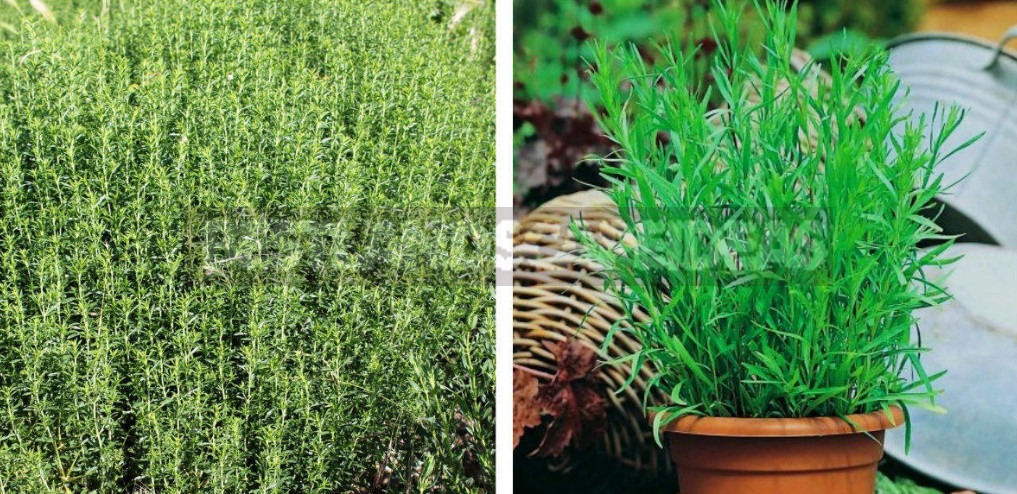
The depth of seeding is 1.0-1.5 cm, the germination period is about 3 weeks; the crops are covered with glass and put in a bright place at room temperature (daily ventilation is required). Seedlings dive into separate pots (it is better to take wide than deep) with a clay substrate, as they grow, they are transshipped into a large container. With a lack of light, the plants are greatly stretched and need a garter to the peg. For greater bushiness, the tops of the shoots are pinched. Estragon seedlings should be protected from drafts!
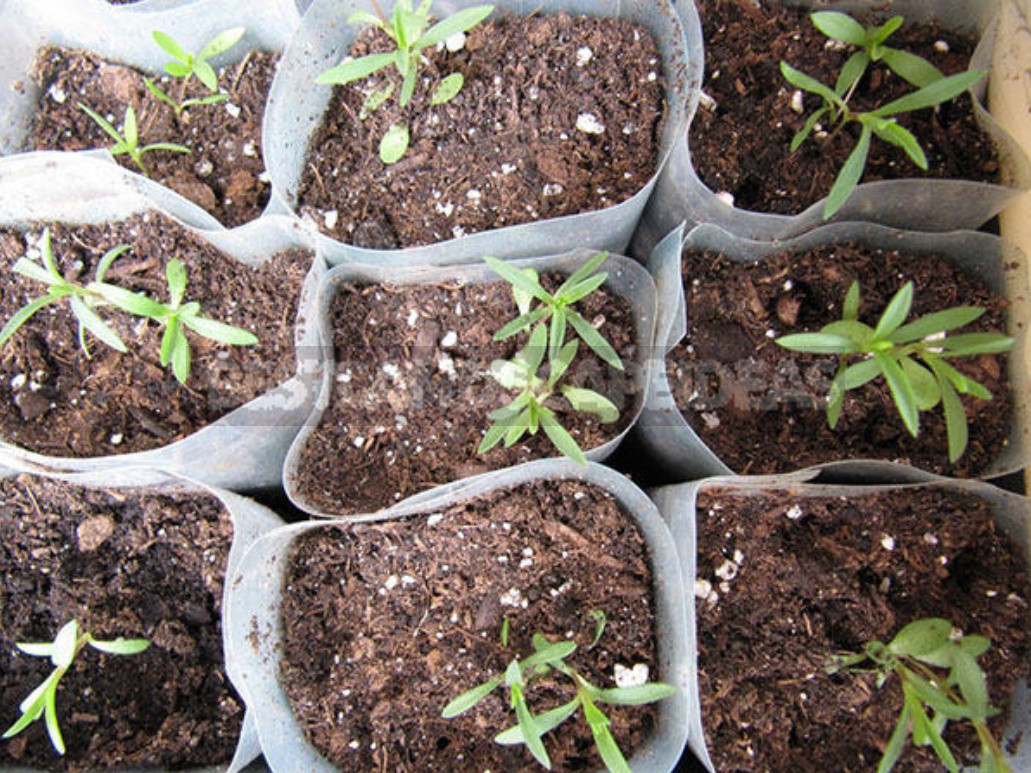
Capricious at first, as he grows up, he becomes unpretentious. From the second year, before the growth of young shoots fertilize with a full complex fertilizer (according to the instructions, as for decorative deciduous houseplants). Do not exceed the recommended dose of fertilizers, the overfed tarragon weakens the aroma of greenery. You can pass a few plants in a container, which is determined on the open balcony, but the first time (about a week) it should shading.
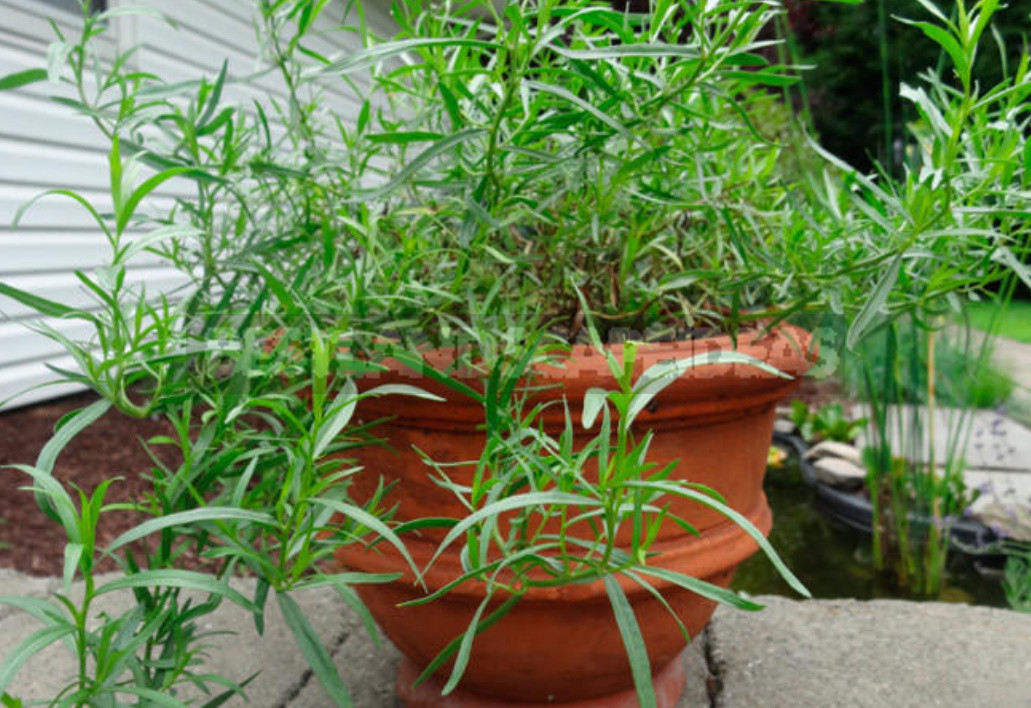
Further care is watering, but you can not water the soil! The plant is light-loving, drought-resistant (after all, wormwood)! Soil substrates after irrigation loose.
When the plant reaches a height of 20-30 cm, the first collection of greenery is carried out: you can cut off the tops with leaves about 10-15 cm long. After such a haircut, the stems become more powerful, the second time the grown shoots can be cut off at the base. The period of regrowth is on average 25-30 days.
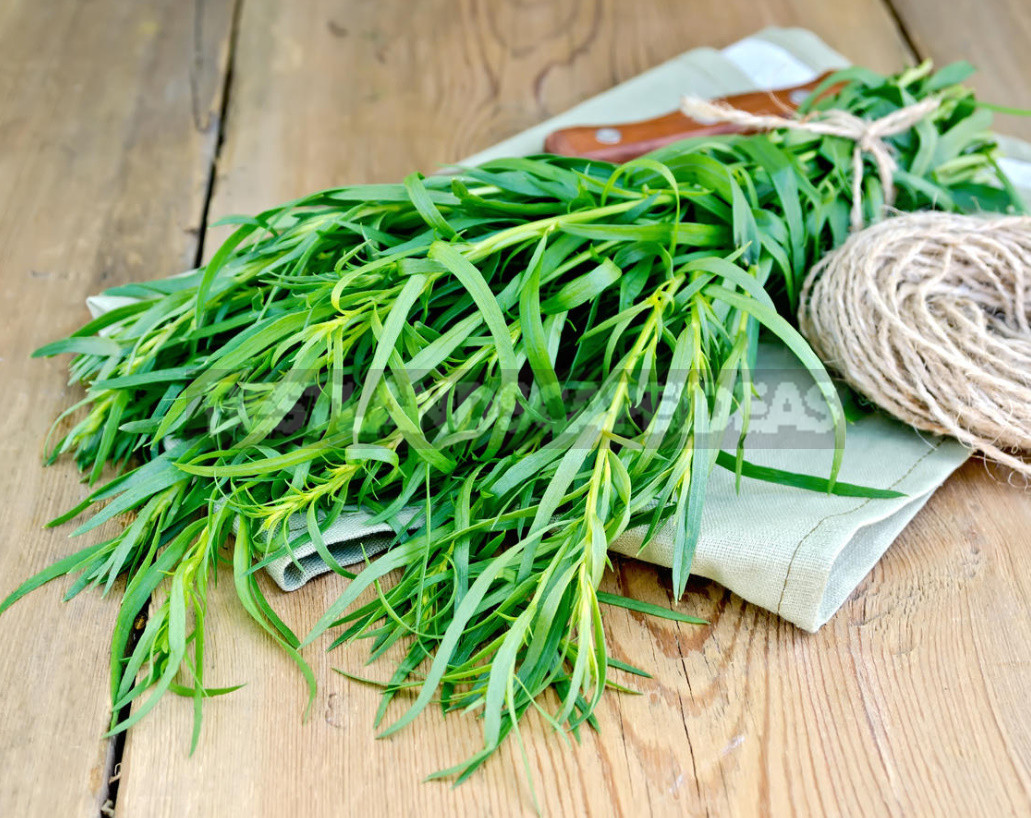
When growing, it is better to divide tarragon in March-April or at the end of August, but it is desirable to cut in early may, cutting cuttings 15 cm long (the lower cut is oblique, free from leaves). Process and planted in wet sand under the film, a month later rooted cuttings.
Remember! Tarragon seeds remain viable for 2-3 years. Stale seeds do not germinate well, and seedlings often grow weak, often lie down.
Practical advice.
Do not sow a lot of seeds, as 2-3 pots of tarragon will be enough to provide the family with spicy greens. Having borrowed at least one plant with a pleasant peculiar aroma, then it is better to multiply it by division (seedlings are not always fragrant).
Thymus serpyllum
Sown superficially, in March-April.
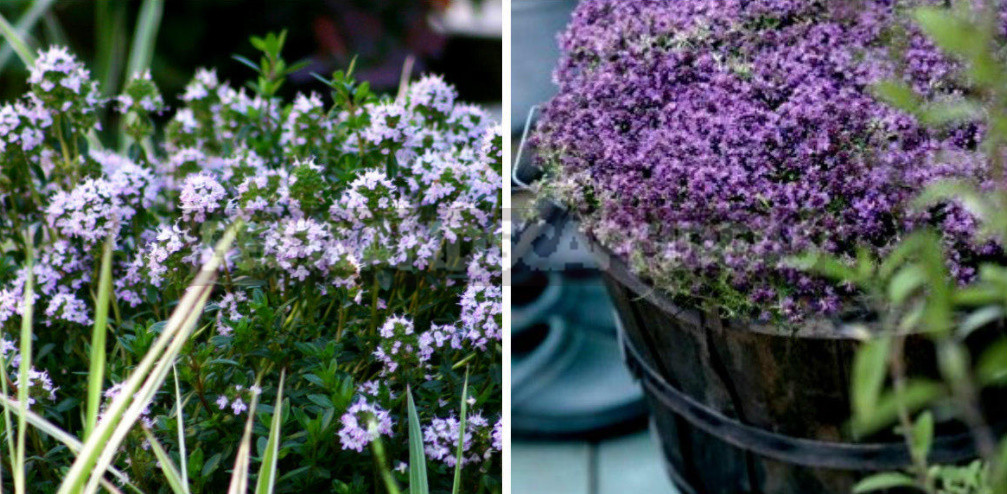
In the light, at a temperature of +13…+18°C they germinate within a month; pots cover with glass or film, watering with a spray of water at room temperature. Friendly, prick out the seedlings, transplanting into individual pots with 2-3 plants (for a more decorative splendor); the soil substrate is well-drained, light, fertile, with the addition of well-washed river sand, neutral or alkaline reaction with the lime content.
The thyme is growing slowly: in pots (with pruning) the plant can be kept 4-5 years. Photophilous (with a lack of lighting extends, grows frail, weak) and drought-resistant, so it is contained on the windowsills of the southern, South-Eastern and South-Western Windows. Watered only after the top layer of the substrate dries. The soil after watering must loosen.

In may, at the beginning of active growth, spend the first feeding urea. From the second year of life in the spring, you can feed thyme with liquid mullein and mineral fertilizers, but you can not do this, but only sprinkle the plant with a new good sandy substrate. Seedlings often bloom the second year after harvesting the flowering shoots to good use to feed the plants with azofoska.
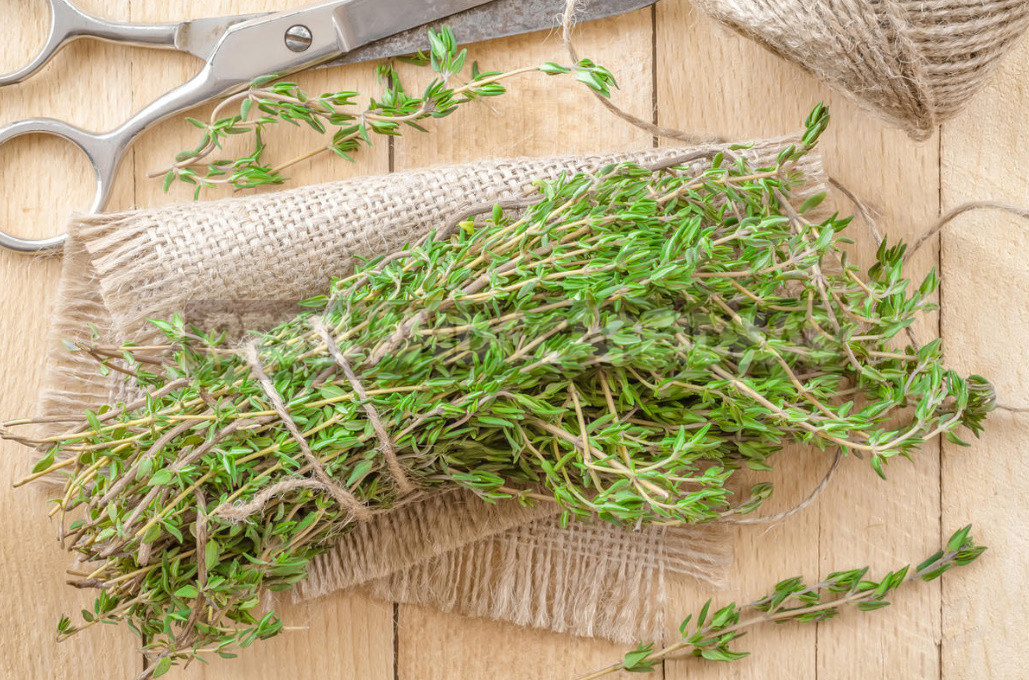
In winter, pots of thyme are kept in a non-freezing room with low positive temperatures, for example, on a glazed, partially heated balcony. It is important to remember that the temperature should not fall below +5…+7°C.
Practical suggestion
If the thyme is cut to stiff parts, the plant will be more bushy and compact. Especially favorite instance in the future can be propagated vegetatively:
- division. It is necessary to dig out a Bush and carefully, at least injuring the roots, divide it into parts (just cut off pieces of the plant with the roots);
- cuttings. For this spring creeping annual shoots cut into pieces about 5 cm, root them under a jar or in greenhouse conditions. Do not allow acidification and excessive moisture to the plant is not rotted. In a couple of weeks the stalk will take root.
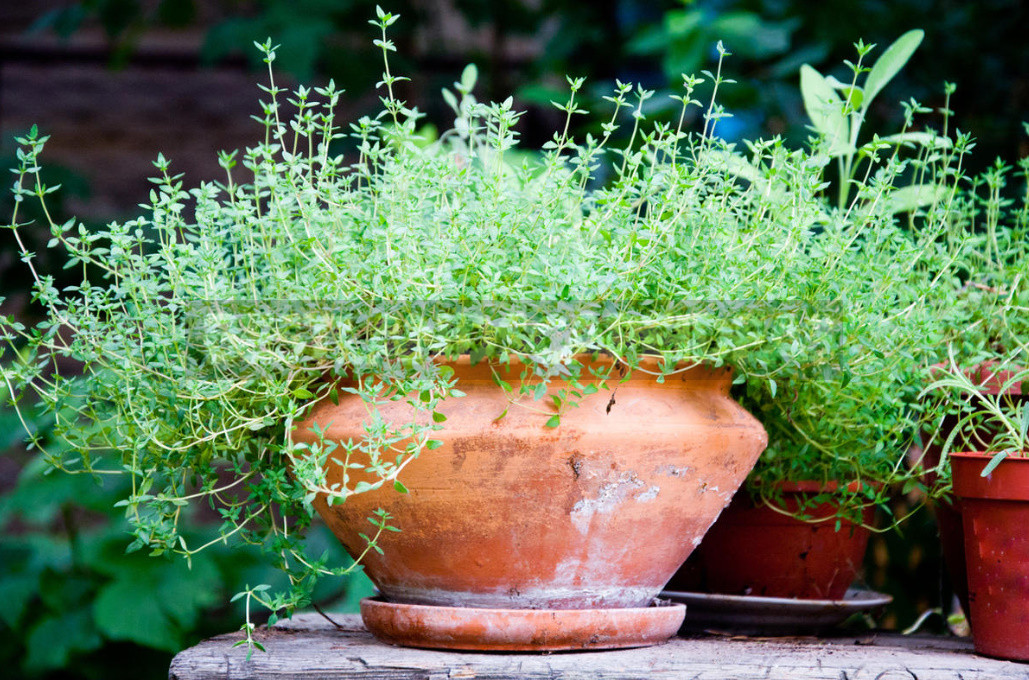
And now, when we got acquainted with all the herbs from our list, I will ask you the traditional question: what herbs in pots grow in your kitchen garden?
